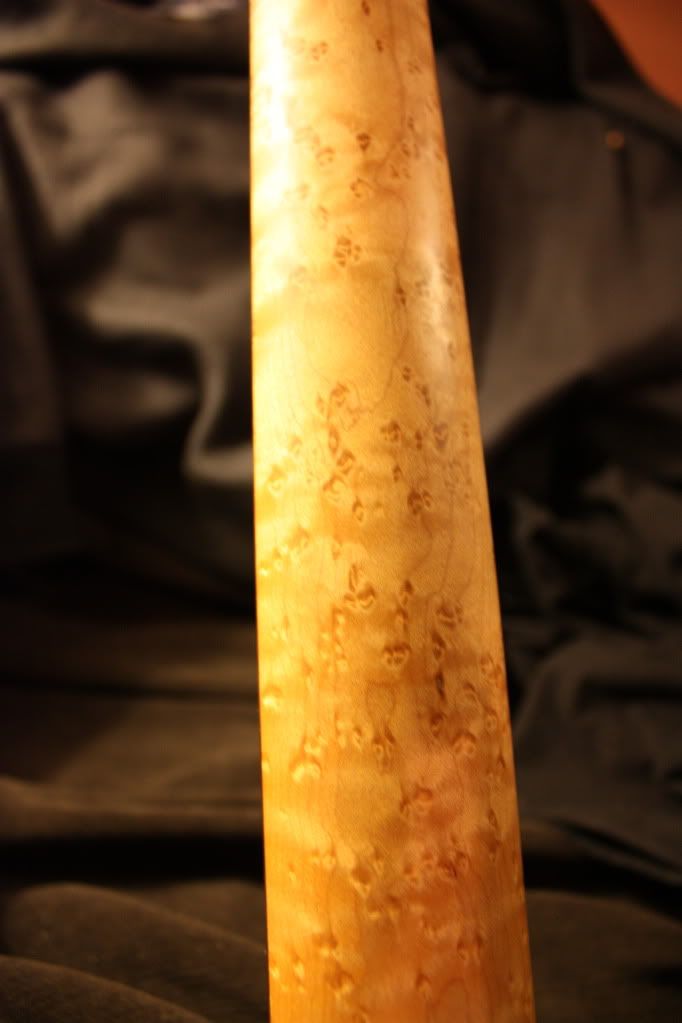sanderhermans
Well-known member
Came acros this on the g&l website under options and was wondering if anny of you ever noticed a difference between different sorts of maple? I never have noticed.... and if quartersawn is really THE way to go, then why not make more guitars like this?
Bird's Eye Maple is beautiful but customers should be aware that it is not as stable as Hard Rock Maple or Quartersawn Maple. Not recommended for touring.
NOTE: Bird's Eye Maple necks carry a 90 day warranty.
Bird's Eye Maple is beautiful but customers should be aware that it is not as stable as Hard Rock Maple or Quartersawn Maple. Not recommended for touring.
NOTE: Bird's Eye Maple necks carry a 90 day warranty.




